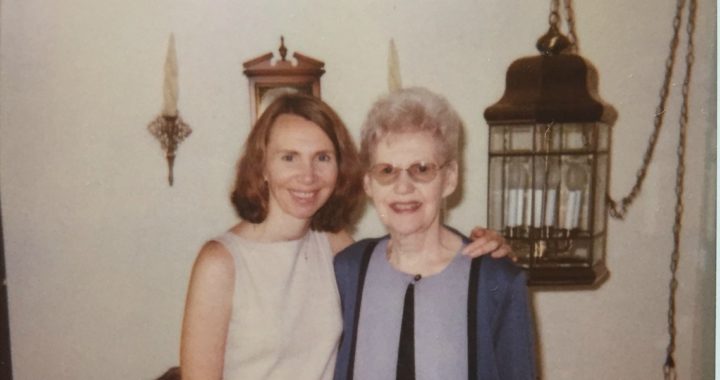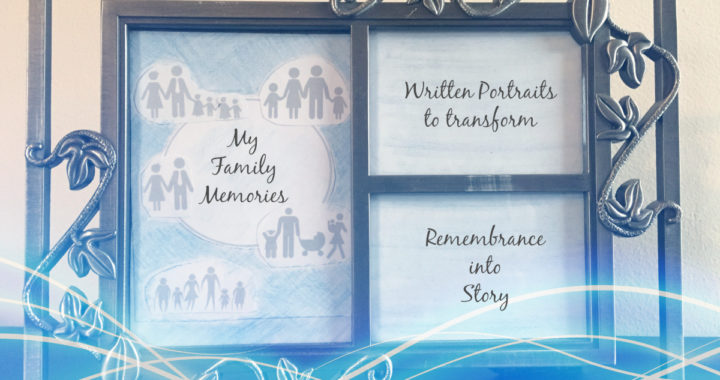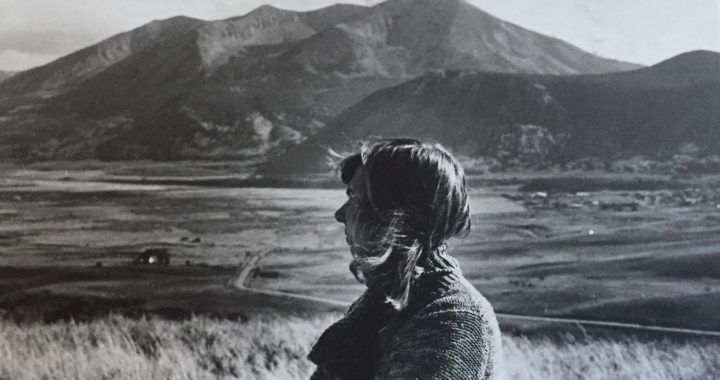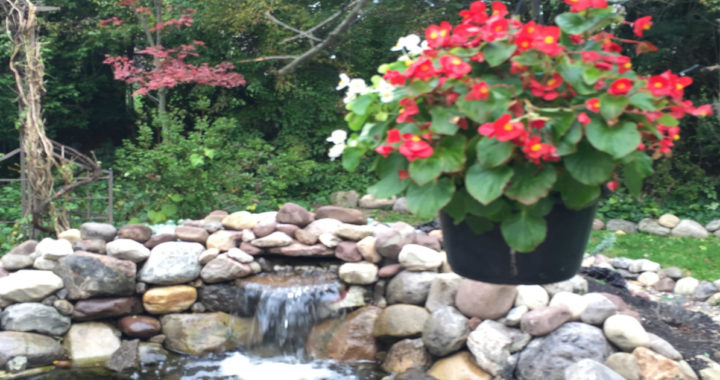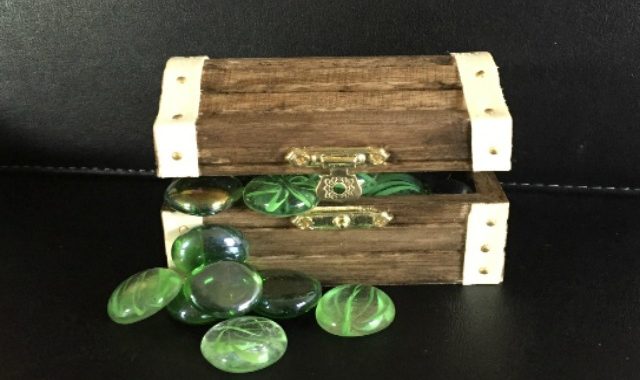Today is April 14, 2017. It is poignant that it is Good Friday and a beautiful, sun-shiny day. No matter what is going on in my life, I always know when it is Holy Week. I could be on a desert island with only the rising and setting of the sun to guide my days and I would still feel it in my bones. My mother’s last birthday on earth was on Good Friday in 2002. It was one month before she would enter the final phase of a three year trek with pancreatic cancer. I planned to travel to Chicago to care for her and had no idea how long I would be gone. I was determined to stay with my mom until she passed even though she didn’t want me to be away from my family for an extensive time.
As the days unfolded I recorded them with ten minute entries in my journal. The words written on those pages spark my memory and show me how her experience mirrored the events of a figurative Holy Week, the days leading up to the celebration of Easter. Since this was my mom’s favorite holiday, it is a fitting ending to her life. Here is a glimpse into:
Mom’s Holy Week: April 14-21, 2002
- My arrival on Sunday: Mom is upbeat and energetic as she eagerly made plans to celebrate my sister-in-law’s birthday the following weekend. It is a day full of celebration just like Palm Sunday.
- Monday-The Last Supper: I met the hospice nurse today and she remarked how good mom looks…. At 4:00 p.m. mom wanted dinner, which was unusual because she had eaten a late lunch, but she pulled out all the leftovers from last night and thoroughly enjoyed what ended up being her last meal.
- Tuesday-The Betrayal of her Body: Mom falls in the middle of the night/early morning and we lay on the bathroom floor together until help arrives. “Oh God help me,” she prays.
- Wednesday-Birthday of beloved son: Mom’s whole face lights up when she sees my brother come in to the room. It is his birthday. She strokes his cheek and says “I’m so glad you made it.”
- Thursday-Mom’s decline was so sudden like that of the ruby-colored tulips that wilted in her room. The medication is beginning to take effect and she smiles weakly when visitors come to see her. I wish I were a nurse.
- Friday-Mom and dad share a moment that shows me that she has forgiven him for past hurts.
- Saturday—I am alone with mom in the quiet incubation of her room. She is unresponsive to me but I read to her from the book of letters that had been written by us to express our love and gratitude to her. It was by her bedside. She must have read them often.
- Sunday—It is now 9:10 PM. This morning mom’s breathing became labored and I called hospice to ask what I should do. Following their instruction to count her respirations, my sister called our brothers to “come quickly.” When we were all around her bedside, mom took her last breath and entered her New Life. It was 12:40 PM (Note: From this point forward I always put the time of my journal entries next to the date).
It was symbolic to me that my mom died one week after my arrival. Following the Holy Week metaphor, it would have been like Easter Sunday. Since it was also the day that we were going to celebrate my sister-in-law’s birthday, the food was already prepared. This is so typical of my mom to plan for our meal.
Writing in my journal allowed me to record precious memories at the time they happened, while re-reading the entries years later enables me to see connections that I might miss. For example, even though I wasn't expecting my mom to go so quickly when I arrived in Chicago to care for her, my journal writing process revealed a moment of intuitive insight 2.5 years earlier in which I reflected:
"Mom is doing so well and I told my brother-in-law that I thought she would continue like this until the decline toward death and then it would be fast (not gradual). I know that this is what she prays for and I hope that she gets what she wants." (September 21, 1999)
The events and reflections recorded in my journal not only honor my mom's memory, but help me to experience her presence even today. For instance, recently I found a listing of a Catholic Mass schedule taped in my journal that showed I had a Mass said for my mom on April 18th. I smiled, and felt a slight tingle fill my heart because her great-grandson was born several years later on April 18, 2014. It was Good Friday.
If you would like to learn more about how to use journal writing to record your memories, please contact me.
